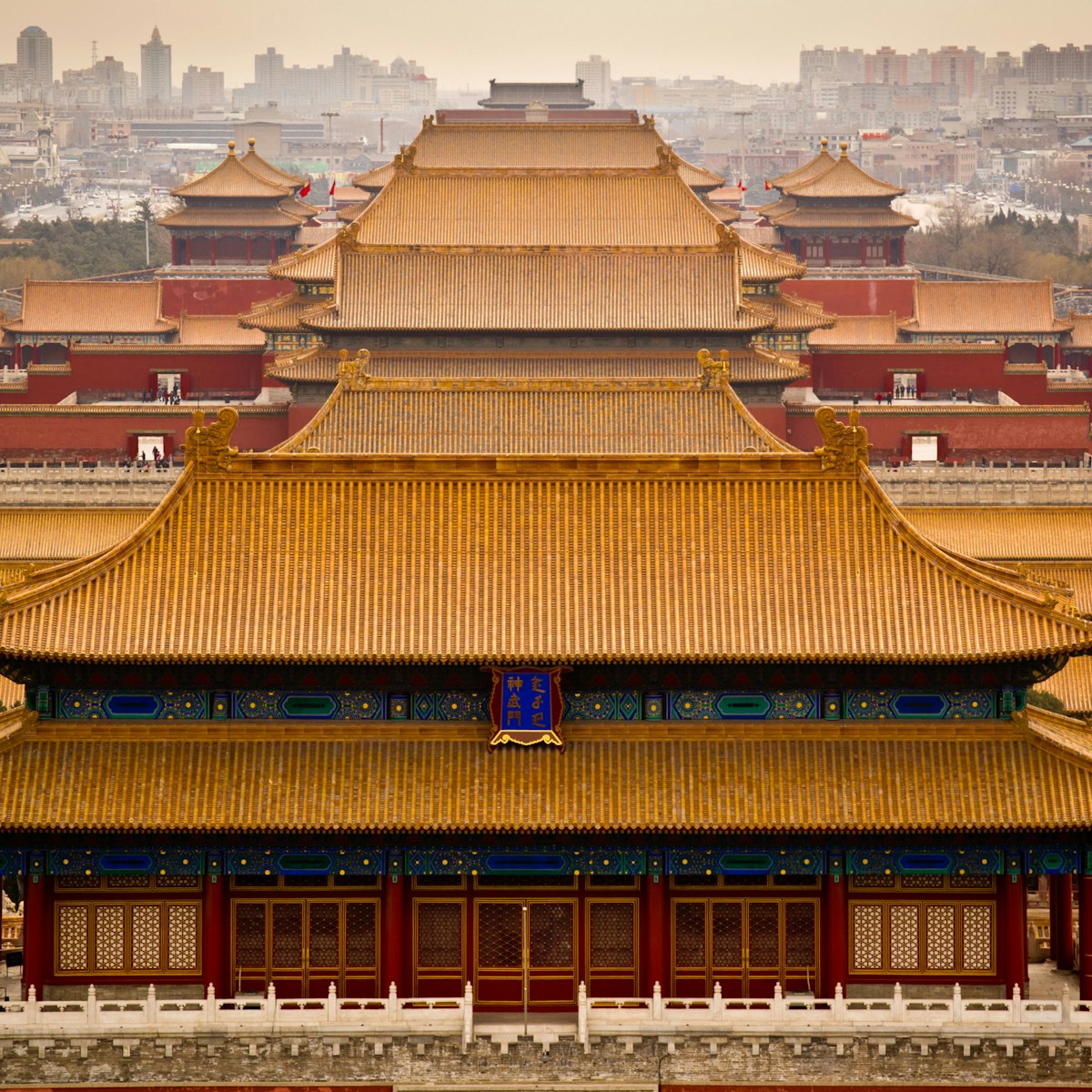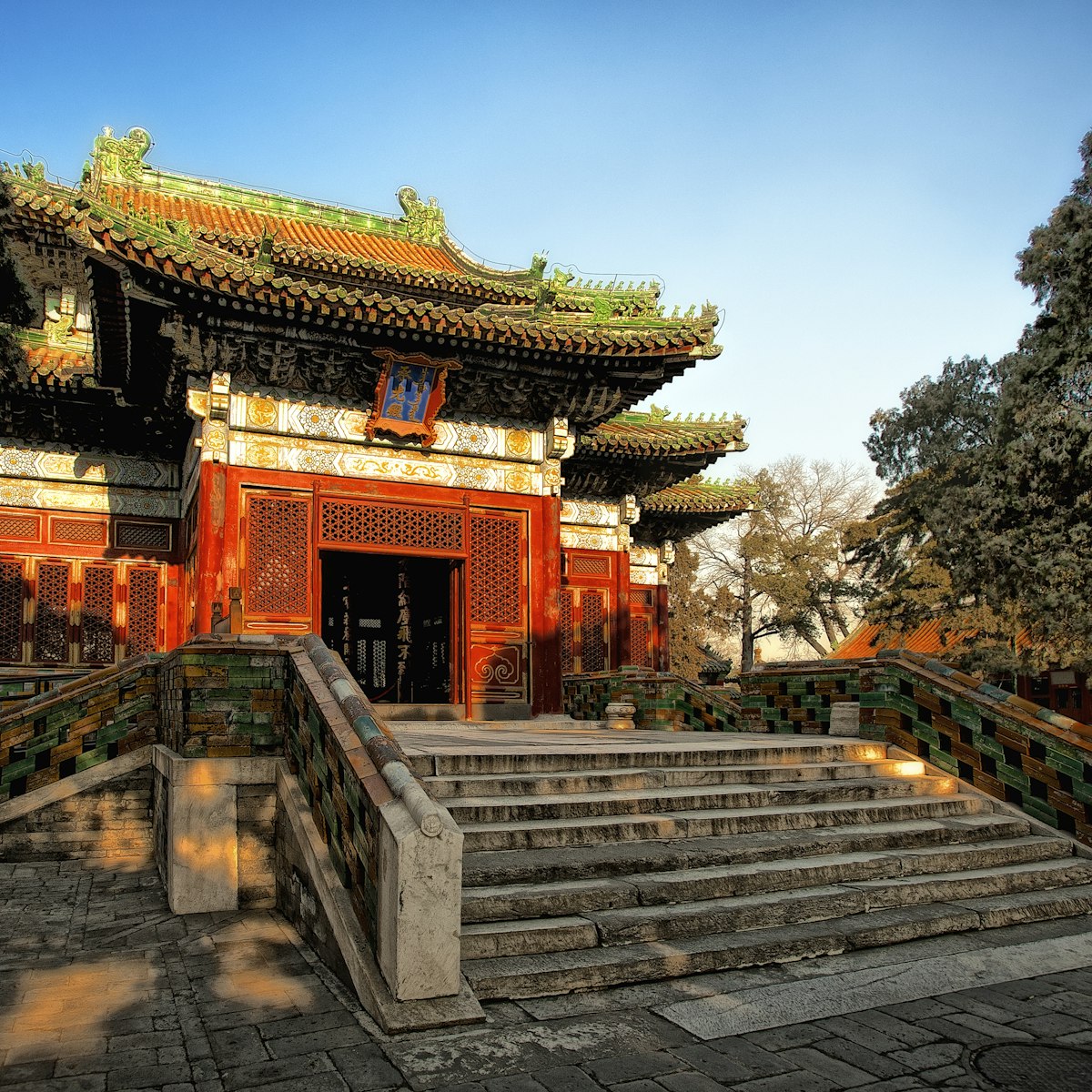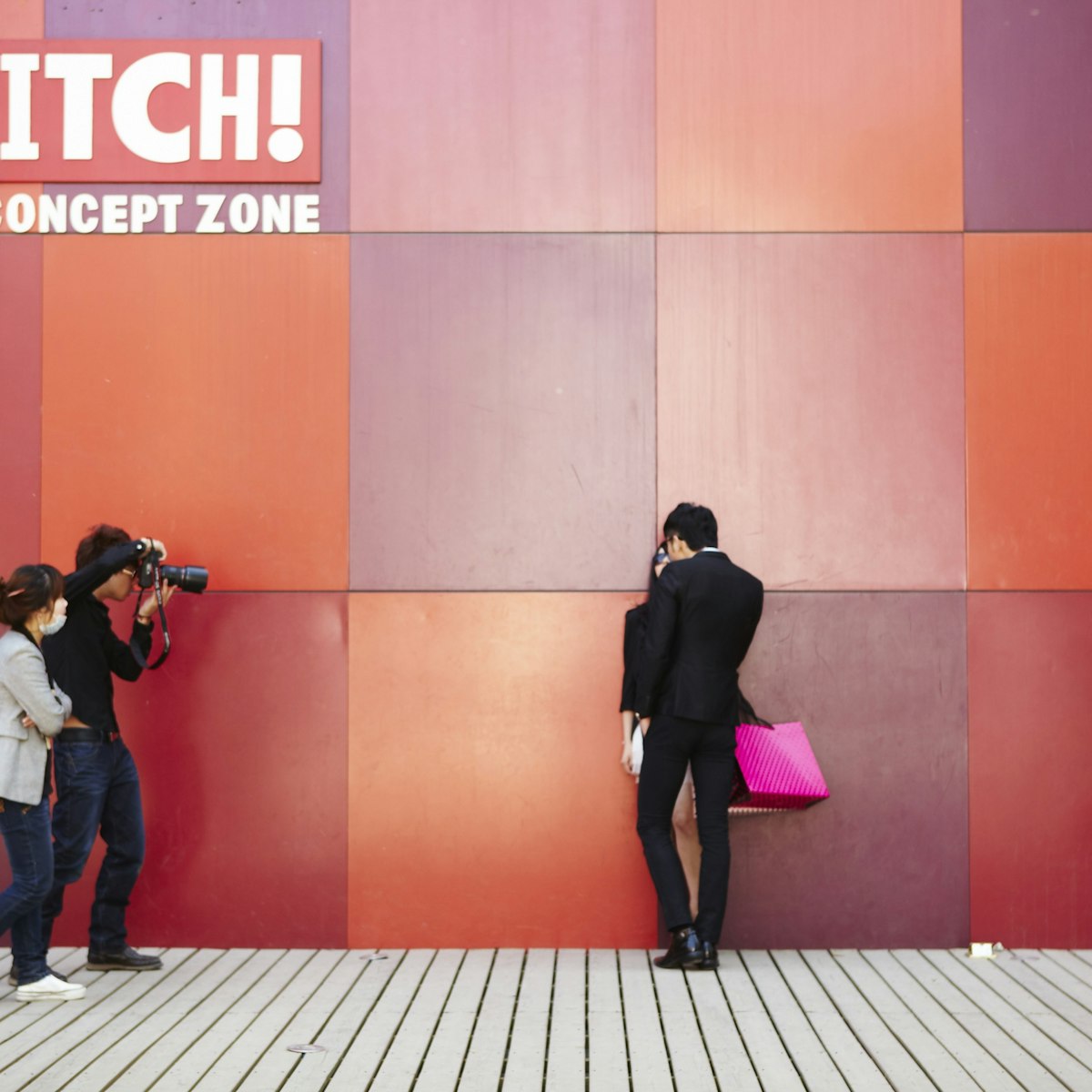An incense stick’s toss away from the Lama Temple, China’s second-largest Confucian temple is a haven of scholarly calm and contemplation. Come to wander between the towering stone stelae mounted on the backs of mythical bìxì (mythical, tortoise-like dragons) and inscribed with the achievements of scholars past. For centuries, China's sharpest minds would sit for imperial examinations on the Confucian classics at the connecting Guozijian, which was replaced by the Imperial University of Peking (what would become Peking University) in 1898.
At the rear of the Confucius Temple are the Qianlong Stone Scriptures, a stone 'forest' of 190 stelae recording the 13 Confucian classics in 630,000 Chinese characters. Next to the Confucius Temple, but within the same grounds, stands the Imperial College, where the emperor expounded the Confucian classics to an audience of thousands of kneeling students, professors and court officials – an annual rite. Built by the grandson of Kublai Khan in 1306, the former college was the supreme academy during the Yuan, Ming and Qing dynasties. The Biyong Hall (辟雍大殿, Pìyōng Dàdiàn) is a twin-roofed structure with yellow (royal) tiles surrounded by a moat and topped with a splendid gold knob. Inside the stupendous interior is a vermilion-and-gold lectern. The side pavilions feature several interesting museums on Confucianism, detailing the life of the Great Sage (551–479 BC) and the academy itself.
Some of Beijing’s last remaining páilóu (decorative archways) survive on the street outside (Guozijian Jie).







